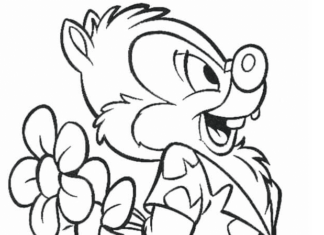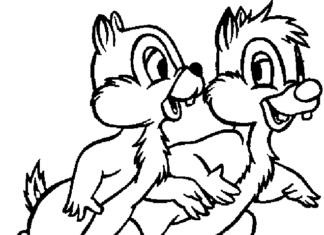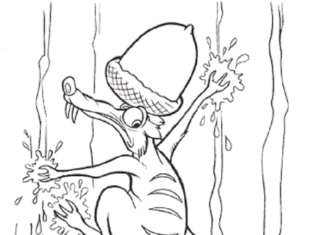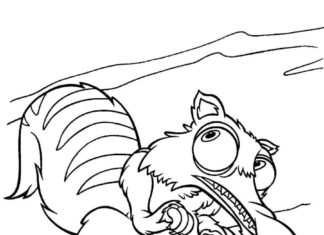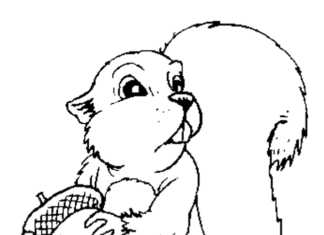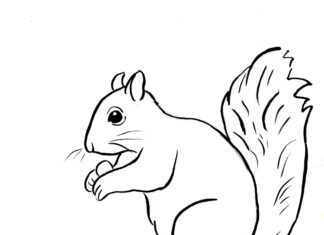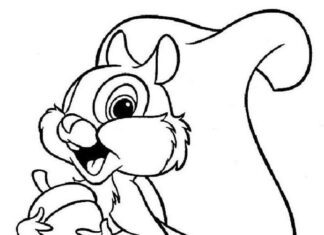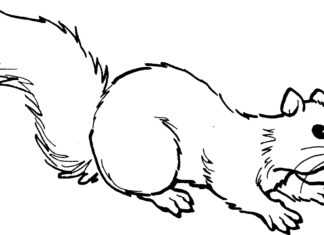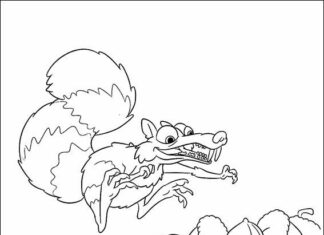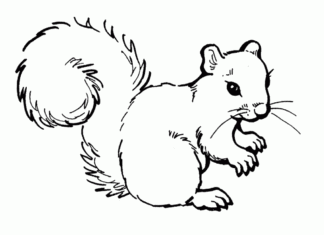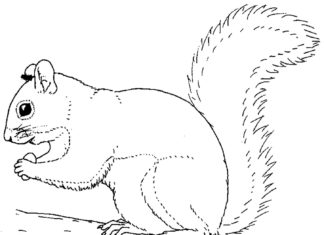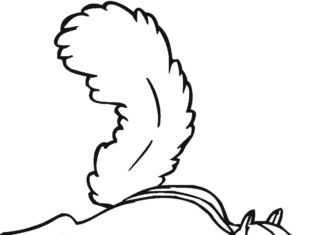Squirrels do not reach large sizes, because their body without the tail is between 15 and 25 cm long. The tail itself, however, can be said to be of similar length to the entire body of this animal - 17-20 cm with a body weight of 150-400 g. In our country we meet two varieties of squirrels. One of them has a red-colored back. The other variety has a black-brown back and a white part near the belly.
When autumn comes and it gets colder outside, squirrels change their fur to a denser coat that will be much warmer on winter days. Before winter, squirrels also gather food to prepare themselves for the colder period. However, they must be careful of other squirrels, as martens and birds of prey often hunt them.
They most often live in hollows that are hidden in trees. Each hollow inside is lined with lichen or moss. Very often they also capture birds' nests, for which they make a canopy out of small branches and have a house ready.
Trivia
-
Species: There are more than 200 different species of squirrels, which are divided into three main categories: arboreal squirrels, ground squirrels and flying squirrels.
-
Teeth: Squirrels' teeth, like those of other rodents, grow throughout their lives. Therefore, they need to wear them down regularly by biting various objects.
-
Diet: Although squirrels are mostly known for eating nuts, their diet is very diverse and includes fruits, seeds, flowers, buds, mushrooms, insects and small animals.
-
Stocks: Squirrels often stockpile food for the winter by burying nuts and seeds in the ground. By doing so, they contribute to the spread of plants, as some of the hidden seeds and nuts sprout and grow into new trees.
-
Communications: Squirrels communicate with each other using various sounds and visual signals. For example, they wag their tails to warn other squirrels of danger.
-
Senses: Squirrels have highly developed senses of sight, hearing and smell, which helps them to find food and avoid predators.
-
Traffic: Squirrels are very agile and can jump distances up to 10 times their body length. Flying squirrels have a membrane between their front and hind legs that allows them to glide through the air for distances of up to 150 meters.
-
Reproduction: Squirrels give birth to 2 to 8 young at a time, depending on the species. The young squirrels are usually cared for by their mother for several months.
-
Habitat: Squirrels can be found all over the world, except in Australia and Antarctica. They live in a variety of habitats, from tropical forests to Arctic tundra.
-
Life expectancy: In the wild, squirrels live an average of 6-12 years, although many die earlier due to predators, disease or other dangers. In captivity, they can live up to 20 years.

